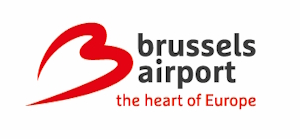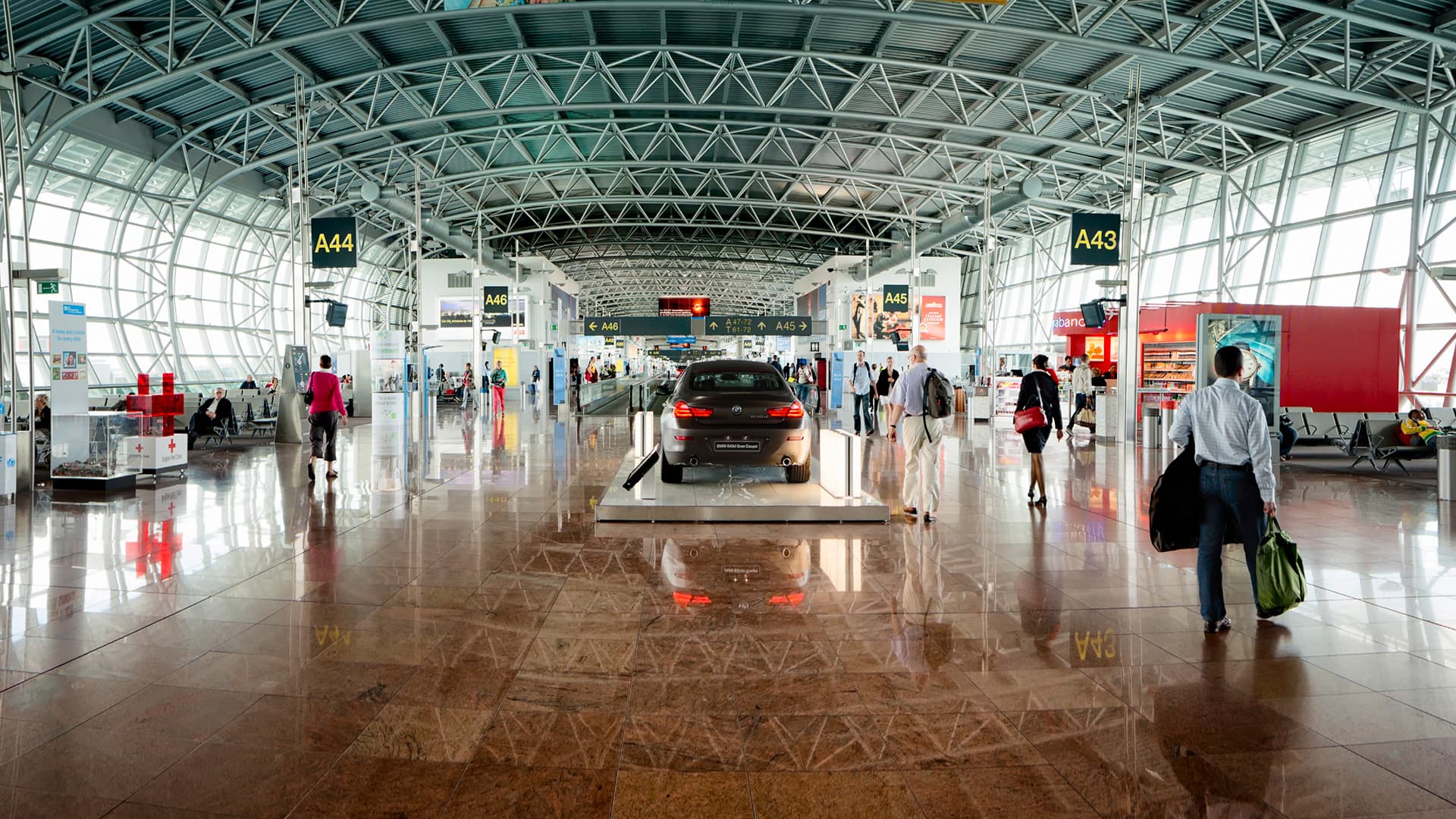Brussels Airport
Optimizing stand and gate capacity at Brussels Airport.
DELMIA Quintiq has proved itself very flexible, coping easily with changes to the business functionality of Brussels Airport with minimal trouble.
A well-run airport is one that doesn’t force passengers to spend too much time waiting in it. Smooth and swift movement through necessary checkpoints – whether pre-departure or post-arrival – is arguably the main contributor to passenger satisfaction. And customer satisfaction is Brussels Airport’s primary goal.
The challenge
The quickest way for passengers to get to and from their aircraft is by a contact stand (airbridge) which provides a short and direct route between airplane and terminal. During peak periods, when demand outweighs availability, planes are forced to park at a distance, passengers board and disembark at remote stands (airstairs) and take buses to the terminal.
Generally, remote stands are the less desirable option. In addition to inconveniencing airlines and incurring extra costs through bussing, this slower method causes knock-on delays (remotely parked planes have a longer baggage turnaround and add to passenger connection times).
Setting up more contact stands would have required an investment of millions, so BAC’s challenge was to maximize the use of their existing resources. Three complicating factors were:
- Last-minute disruptions. Flight plans change continuously based on a variety of reasons, including weather, congestion at departing airport, and technical issues.
- Stand assignment is constrained by aircraft compatibility (for example, wingspan of large aircraft can make it impossible to use neighboring stands), airline SLAs, flight origin (Schengen, non-Schengen), etc.
- Multiple stakeholders are involved and their activities need to be aligned in real time.
The choice
BAC recognized that its new resource planning and optimization system would have to:
- Incorporate all relevant rules and constraints
- Enable updates such as the inclusion of a new resource or rule
- Be easy to learn and use
“Having an iterative process in the implementation was key for us,” says Geert Lambrechts, BAC’s ICT product manager. By asking the right questions, DELMIA Quintiq helped BAC to identify critical (and often underlying) constraints and business objectives that would have to be modeled into the solution.
"Out of the six candidates, we eventually opted for DELMIA Quintiq because of the flexibility and user-friendliness of the system and its transparent, open manner of collaboration. We also appreciated the way you could tune the optimization engine to add new parameters and criteria quickly and easily," says Geert.
The solution
Working closely with BAC, DELMIA Quintiq provided a 100%-fit solution that incorporated all rules, regulations, requirements, constraints and objectives.
Geert explains: “We assign aircraft using a points system so, for example, reducing walking time for passengers; putting two aircraft next to each other to make the job of the handling companies easier; or allocating a stand based on a request of preference from airlines or handlers.”
DELMIA Quintiq interfaces with the central airport operational database (AODB), so it's able to automatically update plans with any new information from BAC’s various partners. For example, if updated flight plans for incoming aircraft cause a stand assignment conflict, DELMIA Quintiq resolves it automatically. Changes to stand the stand and gate plan are immediately communicated back to all relevant partners.
Tim Hermans, resource optimization officer with BAC says: “The system is very user-friendly and the planning tool is easily and quickly familiarized with. In addition, it is good to know that the user interface is flexible and easily modified, allowing each planner to work with his or her own preferences without making the planning any more complicated.”
The solution supported planners in coping swiftly and effectively with gate changes by enabling them to:
- Forecast, analyze and prepare for possible change scenarios
- Create flexible plans two days in advance
- Receive immediate alerts of last-minute changes and quickly calculate best responses to minimize delays
“Relatively few actions are required to make the best planning,” says Tim. “Among other things, this is thanks to the drag-and-drop principle used by DELMIA Quintiq”.
The result
Brussels Airport now has a system that allows it to provide a much higher level of customer service for both airlines and passengers. Since implementation, BAC has reported:
- Higher planning efficiency
- Better utilization of the available resources
- More transparency and visibility of aircraft locations during the parking period
- More accuracy in invoicing airline clients for using the stands
Roland Coppin, head of operational control at BAC, says: “Since we have been involved with DELMIA Quintiq, the number of complaints regarding the calculation of parking fees has gone down by 90%. This reduction has also freed up a full-time member of the finance team to concentrate on other issues.”
Roland adds: “This is a very good planning application that I would certainly recommend, both inside and out of the aviation industry.”

Focus on Brussels Airport
Operated by the Brussels Airport Company (BAC), Brussels Airport is the international gateway airport to Belgium. Hosting domestic, regional and international passenger and cargo services, the airport is a hub for 90 airlines.
Passengers: 21.9 million per year
Aircraft movements: 231,000
Staff: 750+
Aircraft stands: 200
Contact Gates: 60
Remote Gates: 20
For more information: https://www.brusselsairport.be/en/our-airport
